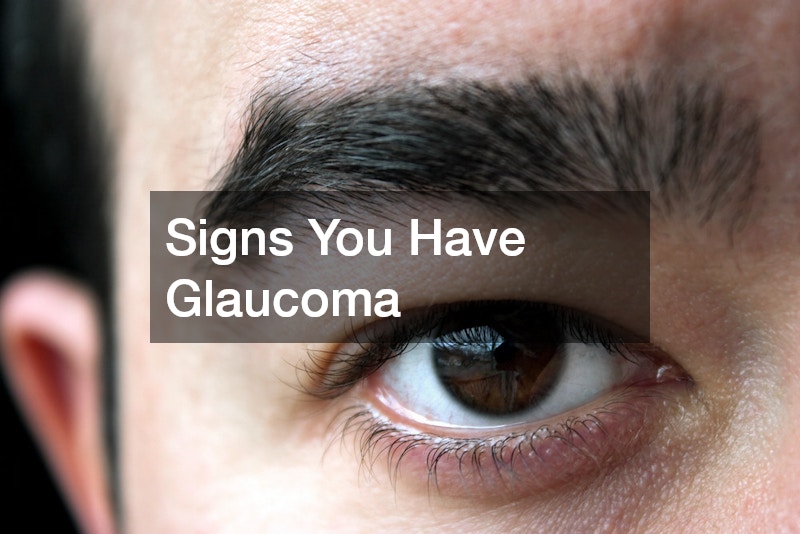
Glaucoma is a group of eye conditions that damage the optic nerve, often due to increased pressure in the eye. Early detection and treatment are crucial to prevent vision loss and maintain eye health. Here are some key signs that you may have glaucoma and the importance of seeking professional glaucoma care.
Gradual Loss of Peripheral Vision
One of the earliest signs of glaucoma is the gradual loss of peripheral vision, often unnoticed until it becomes severe. This condition, known as “tunnel vision,” can progress to the point where only a narrow central field of vision remains.
Regular eye exams are essential to detect these subtle changes early.
Severe Eye Pain
Acute angle-closure glaucoma, a less common but severe form of the disease, can cause sudden and intense eye pain. This type of glaucoma requires immediate medical attention to prevent permanent damage. If you experience severe eye pain accompanied by redness, headache, nausea, or vomiting, seek emergency glaucoma care immediately.
Halos Around Lights
Seeing halos around lights, especially at night, can be a symptom of glaucoma. This occurs due to the increased pressure in the eye causing corneal swelling, which affects how light enters the eye. If you notice this symptom, it’s important to consult an eye care professional for a comprehensive examination.
Blurry Vision
Blurry vision can be a symptom of both open-angle and angle-closure glaucoma. It may come and go initially but can become more constant as the condition progresses. Persistent blurry vision should never be ignored, as it could indicate a serious issue with your eye health.
Eye Redness
Chronic or severe eye redness can be another sign of glaucoma. While redness can be caused by many factors, such as allergies or infections, it can also signal increased eye pressure. If your eyes are frequently red and you have other symptoms of glaucoma, it’s crucial to seek glaucoma care.
Headaches
Frequent headaches, especially around the eyes, can be associated with glaucoma. This is particularly true for angle-closure glaucoma, where the sudden increase in eye pressure can cause significant pain and discomfort. Headaches combined with visual disturbances warrant a visit to an eye care specialist.
Nausea and Vomiting
In cases of acute angle-closure glaucoma, nausea and vomiting can occur alongside severe eye pain and vision disturbances. These symptoms indicate a medical emergency, and immediate glaucoma care is necessary to prevent permanent vision loss.
Importance of Regular Eye Exams
Many forms of glaucoma develop gradually without noticeable symptoms in the early stages. Regular comprehensive eye exams are the best way to detect glaucoma early and begin treatment to protect your vision. During these exams, your eye doctor will measure your intraocular pressure, inspect the drainage angle of your eye, and assess the health of your optic nerve.
.




